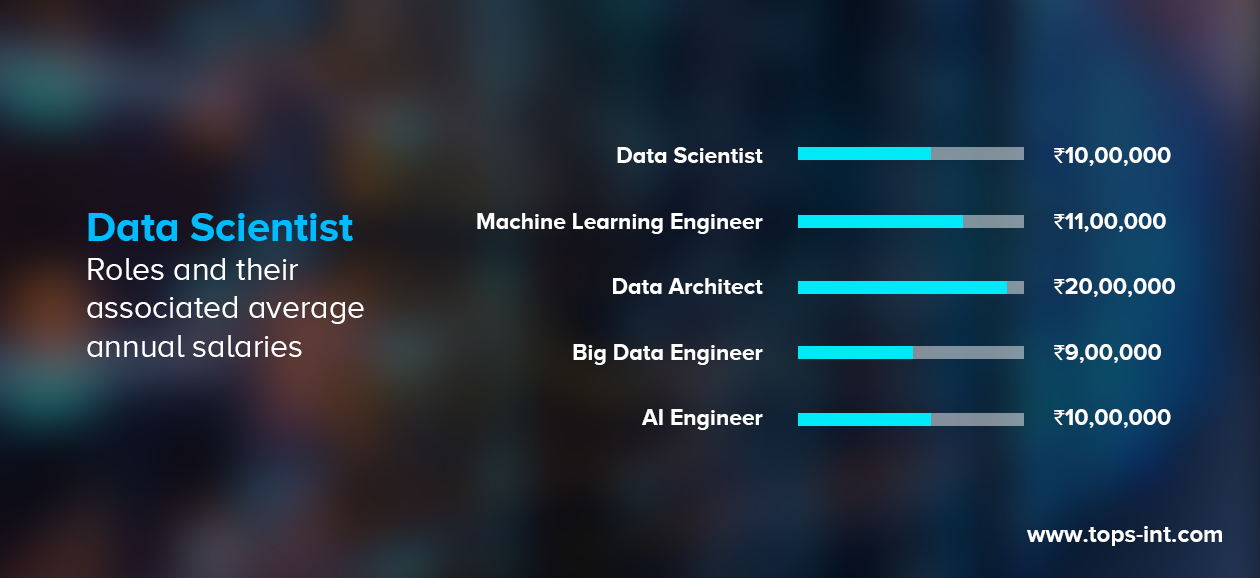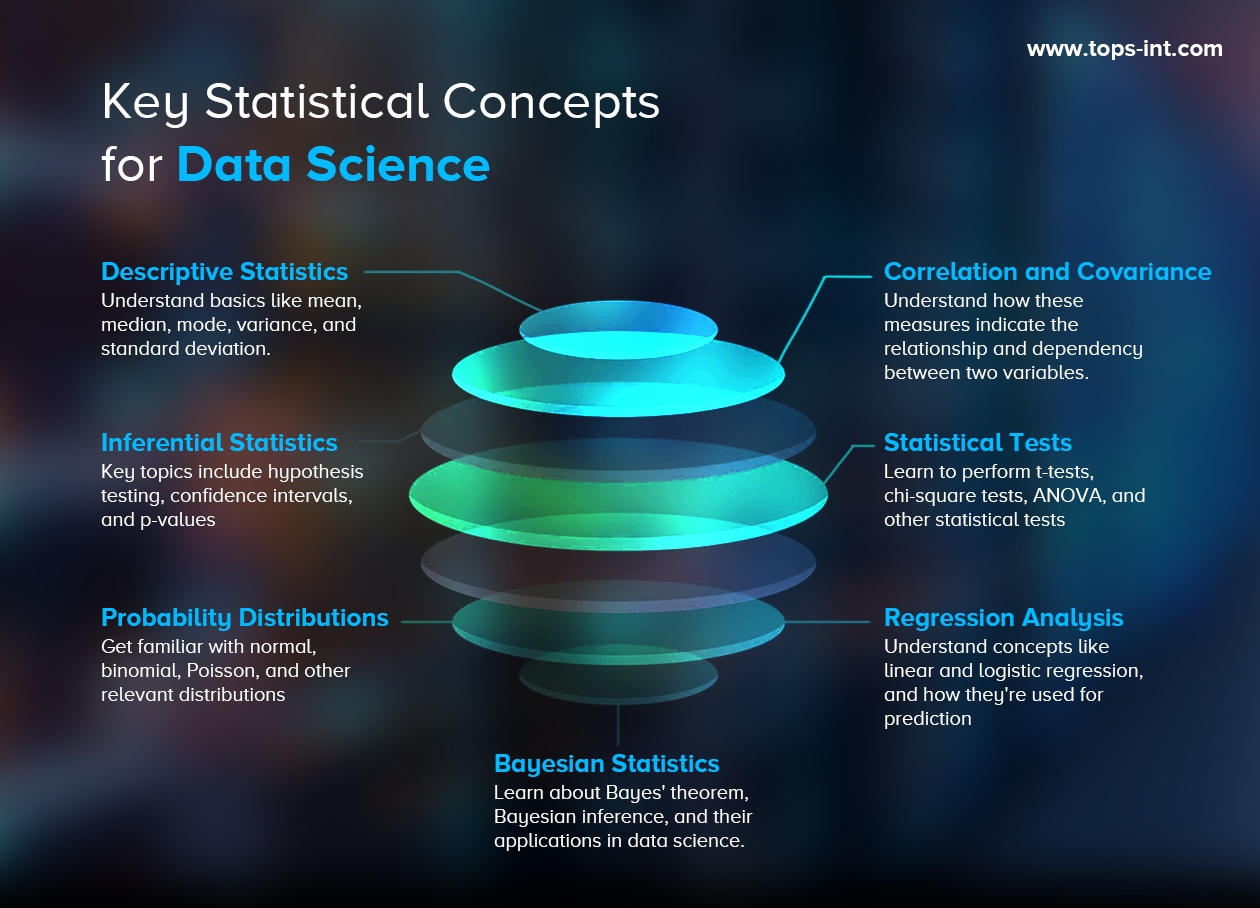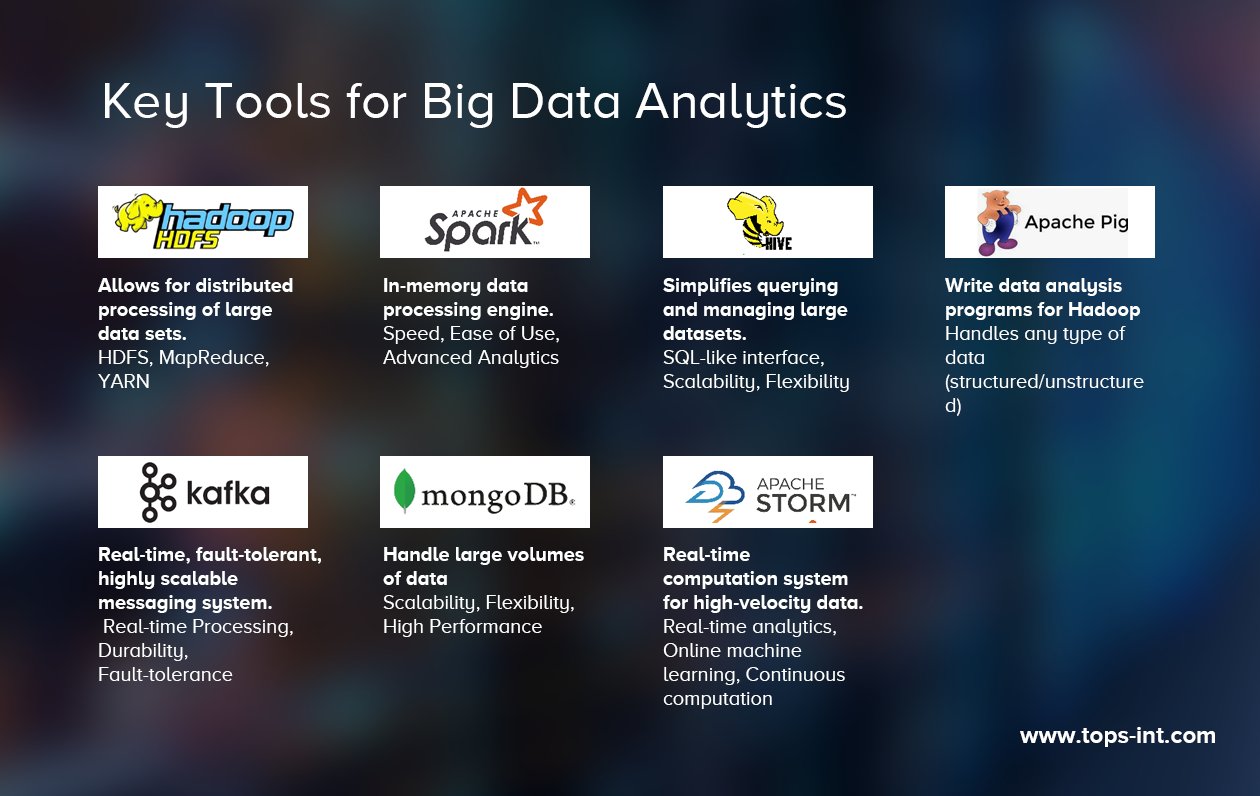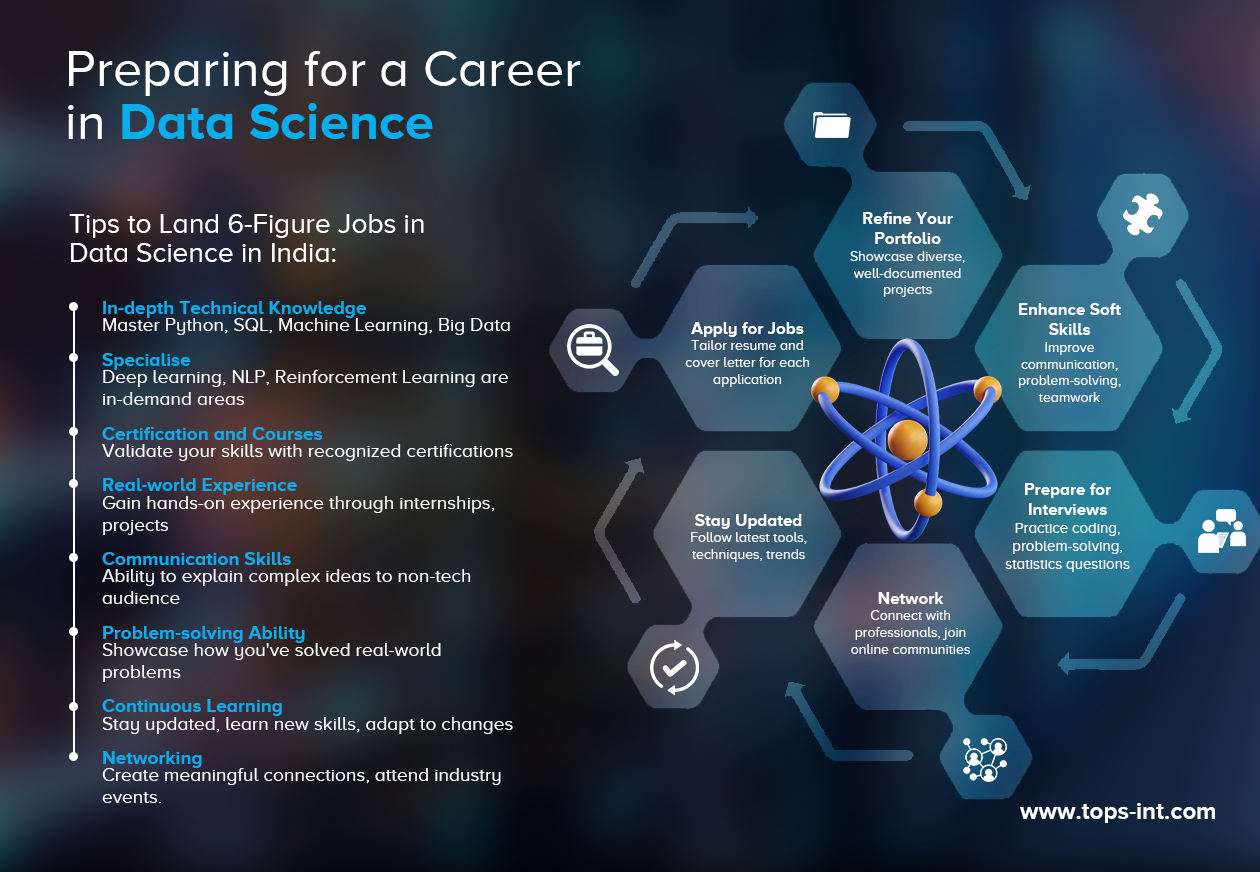Data Science isn't just about coding. It's a multidisciplinary field, and a strong foundation in statistics is a prerequisite for any aspiring data scientist.
Statistics lets you understand the data you're working with, make reasonable assumptions, and derive powerful insights.
Incorporate these resources into your learning routine, and remember to practise by implementing what you've learned through real-world problems. You're on your way to mastering statistics for data science!
These months will be dedicated to understanding big data technologies and exploring special topics that offer exciting opportunities for data science applications.
Step 1: Learn Big Data Tools
- Familiarise yourself with Hadoop, an open-source framework for processing and storing big data. Understand its core components like HDFS, MapReduce, and YARN.
- Explore Apache Spark, an in-memory big data processing engine. Understand its unique features and advantages over Hadoop.
- The official Hadoop and Spark documentation will be your go-to resource for this learning.
Step 2: Dive into Natural Language Processing (NLP)
- NLP, a subfield of AI, is concerned with the use of natural language in communication between machines and people. Topics to cover include tokenization, part-of-speech tagging, named entity recognition, and sentiment analysis.
- The Stanford NLP Group's resources are a valuable starting point.
Step 3: Understand Reinforcement Learning
- A kind of machine learning called reinforcement learning teaches an agent to decide by interacting with its surroundings. It forms the basis of many contemporary AI systems.
- The book "Reinforcement Learning: An Introduction" by Richard S. Sutton and Andrew G. Barto is a comprehensive resource.
Step 4: Master Time Series Analysis
- Time series analysis involves analyzing data points collected or recorded at regular time intervals. It's crucial in many fields, including finance, healthcare, and weather forecasting.
By the end of these two months, you'll have expanded your skills to include big data technologies and specialized areas in data science.
Month 9-10: Getting Hands-on with Real-world Data Science Projects
Having established a solid theoretical grounding in data science and familiarising yourself with various tools and techniques, it's now time to apply what you've learned in a practical context.
Step 1: Choose a Project
- Select a project that aligns with your interests and the skills you want to showcase. This could be anything from predicting stock prices, analysing social media sentiments, recommending products, or detecting credit card fraud.
Step 2: Collect and Clean Data
- Gathering relevant, high-quality data is crucial. Use web scraping, APIs, or public data repositories like Kaggle and UCI Machine Learning Repository.
Step 3: Perform Exploratory Data Analysis (EDA)
- Use visualisations and statistical tests to understand your data better. Identify patterns, correlations, and outliers. This step will guide your modelling process.
Step 4: Model and Evaluate
- Apply appropriate machine learning algorithms, adjust parameters, and validate your models. Remember, it's not always about choosing the most sophisticated model; the best model is the one that best serves your specific task.
Step 5: Interpret Results and Refine Your Model
- Extract insights from your model's results. What story does your data tell? Based on your interpretation, refine your model for better performance.
Step 6: Showcase Your Work
- Document your process and findings. Use platforms like GitHub to share your code and findings. This builds your portfolio and lets you contribute to the broader data science community.
Remember, while embarking on your projects can be challenging, it's also highly rewarding. It's an opportunity to learn by doing, often the best way to solidify your skills.
Preparing for a Career in Data Science
Entering the data science field requires continuous learning and practice, but with determination and passion, you can thrive in this exciting field.
Conclusion
Embarking on a learning journey in data science is a brave and rewarding decision. It may feel overwhelming at times with so much to learn, but remember, the most impressive skyscrapers are built one brick at a time. Your data science journey is no different. Step by step, topic by topic, project by project, your skills will build, and your confidence will grow.
If you're looking for structured, comprehensive, and expert-led training, consider the
Data Science Course In Ahmedabad offered by
TOPS Technologies. With in-depth coverage of all necessary subjects, hands-on projects, and excellent support, this course can make your learning journey smoother and more enjoyable.
FAQs
1. Is learning Python essential for becoming a Data Scientist?
Python is a preferred language for many data scientists due to its simplicity, versatility, and the vast selection of data science libraries available.
2. How important is Statistics in Data Science?
Statistics is fundamental to data science. It helps in making predictions, experimentation, data understanding, and decision-making.
3. What is the role of Machine Learning in a Data Science career?
Machine Learning is a crucial part of data science used for making predictions and decisions based on patterns and structures in data.
4. Are Big Data technologies important to learn for a data scientist?
While not always necessary, knowledge of Big Data technologies like Hadoop and Spark can be beneficial, especially when dealing with large datasets. You can enroll in
Data Science Courses provided by TOPS Technologies to get started!
5. What kind of real-world projects should I work on to boost my Data Science skills?
Projects that showcase your ability to extract insights, make predictions, or make decisions from data are good choices. This could range from sentiment analysis of social media posts to credit card fraud detection.










